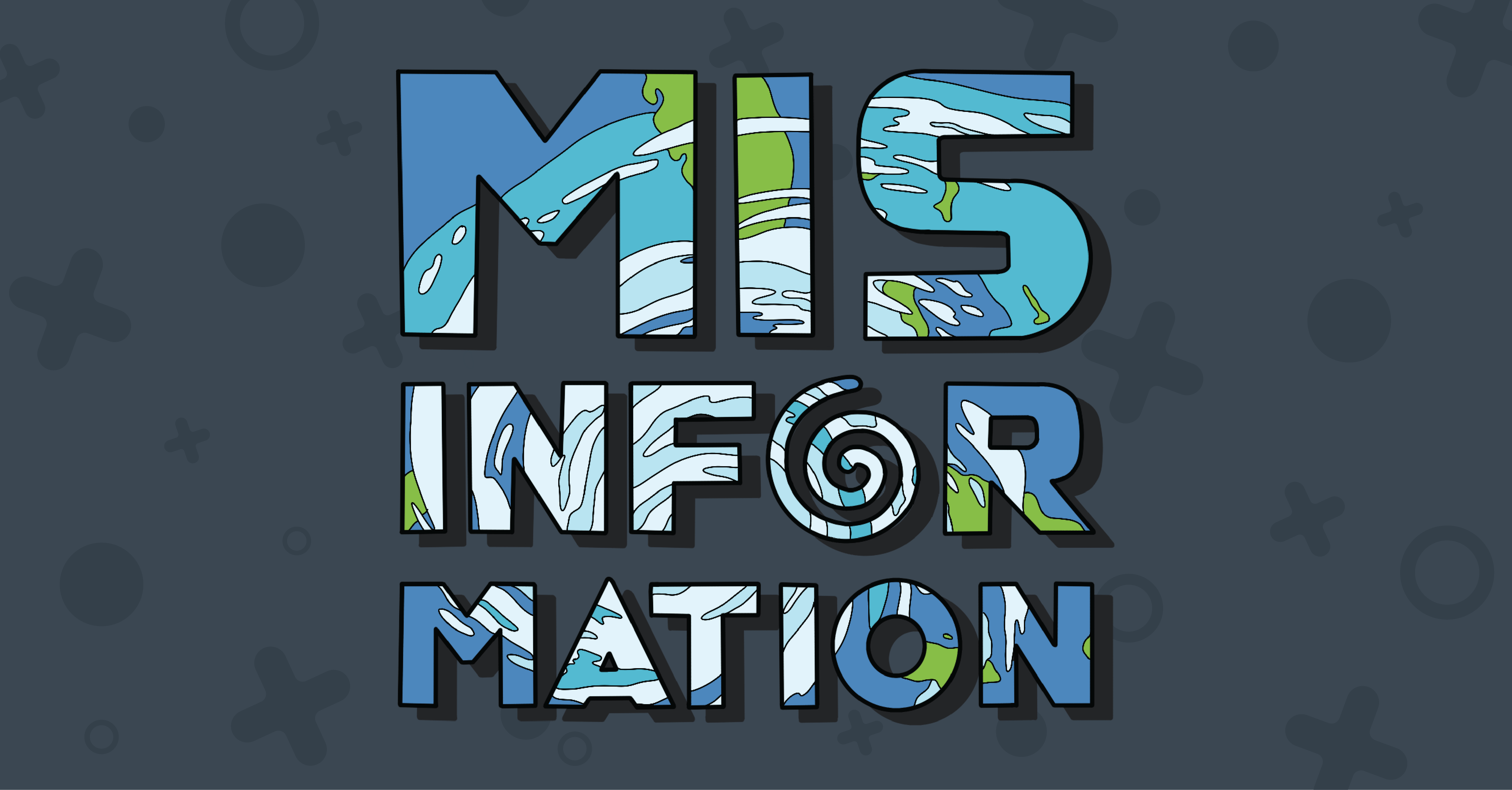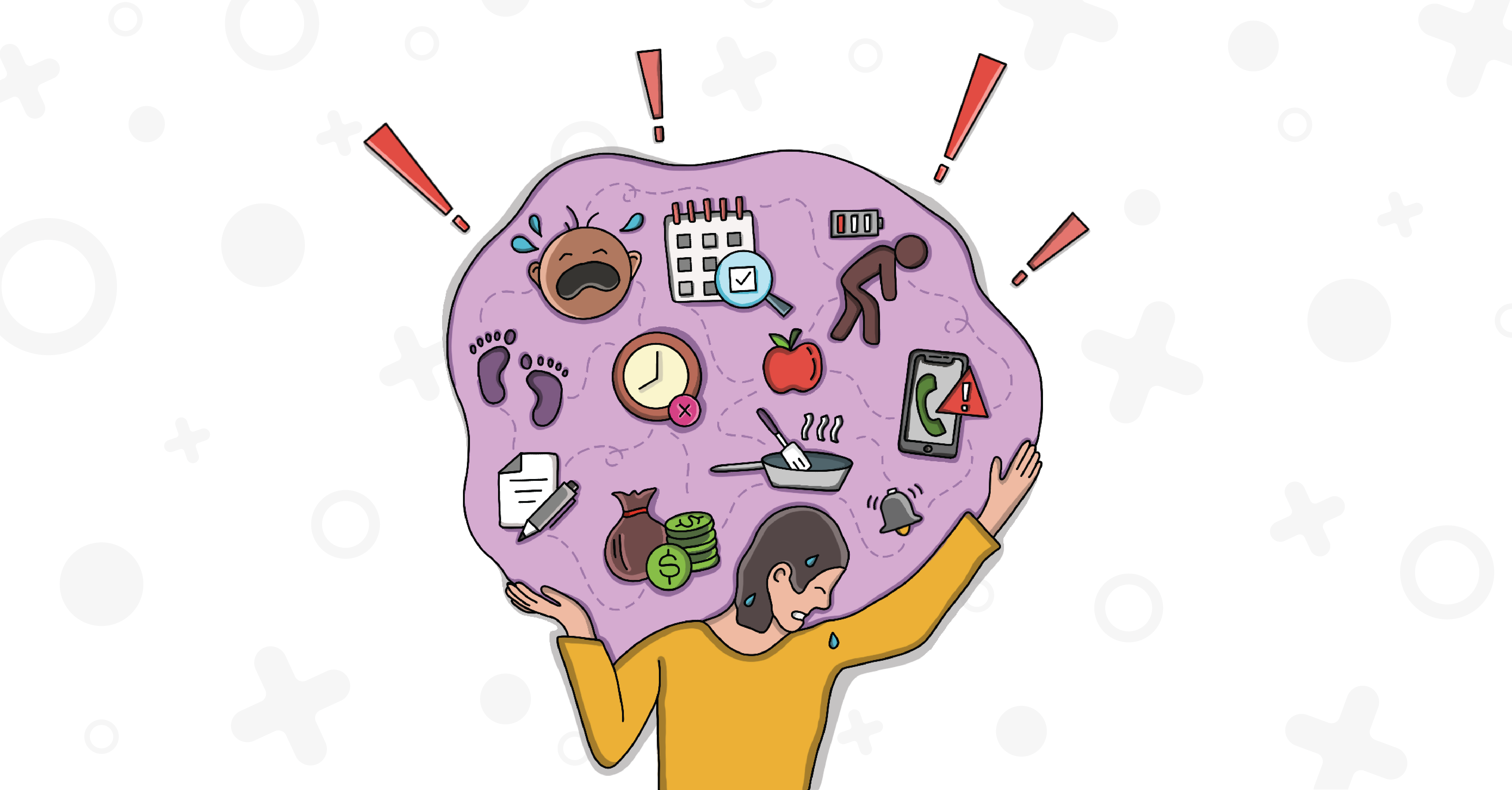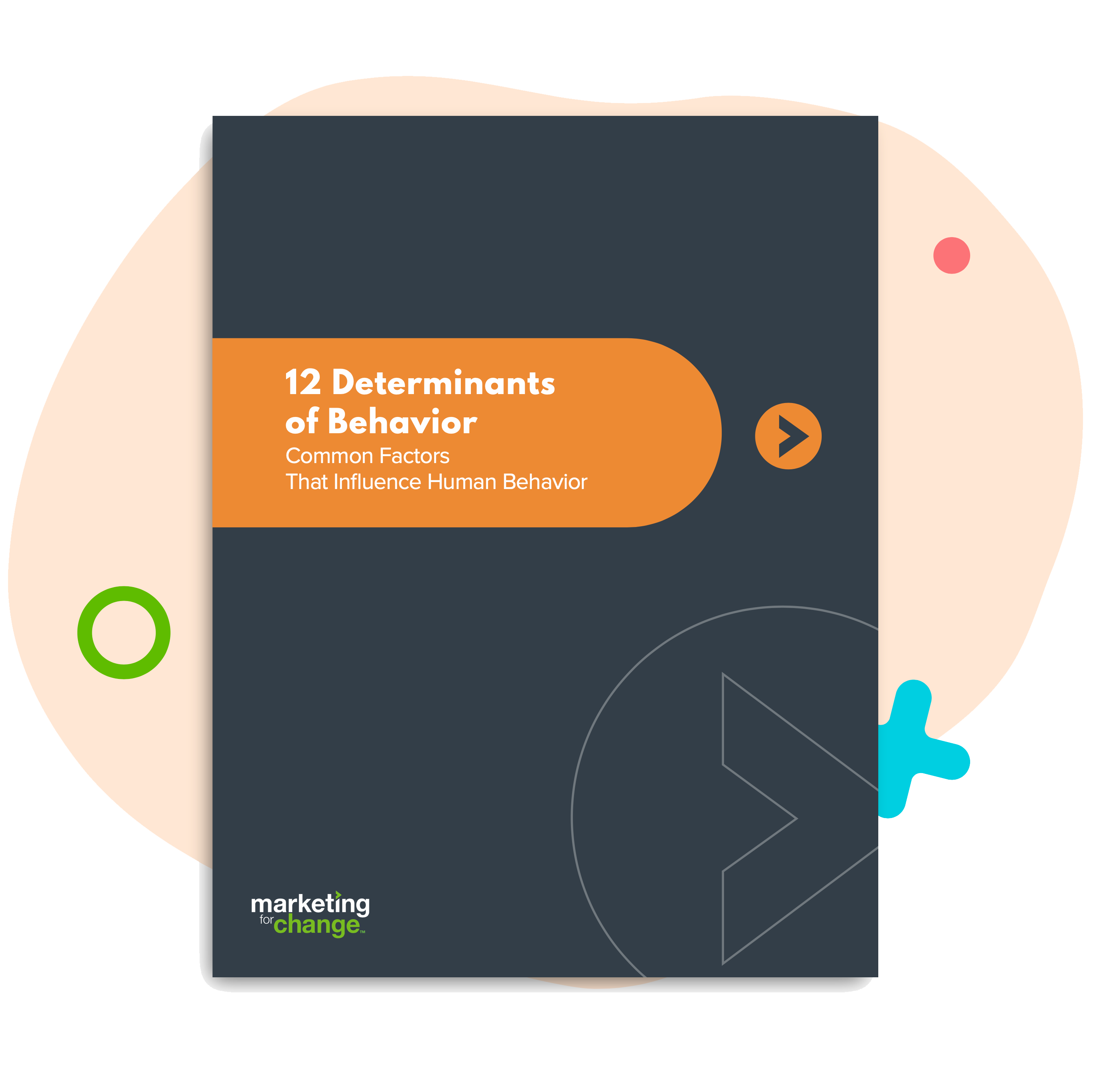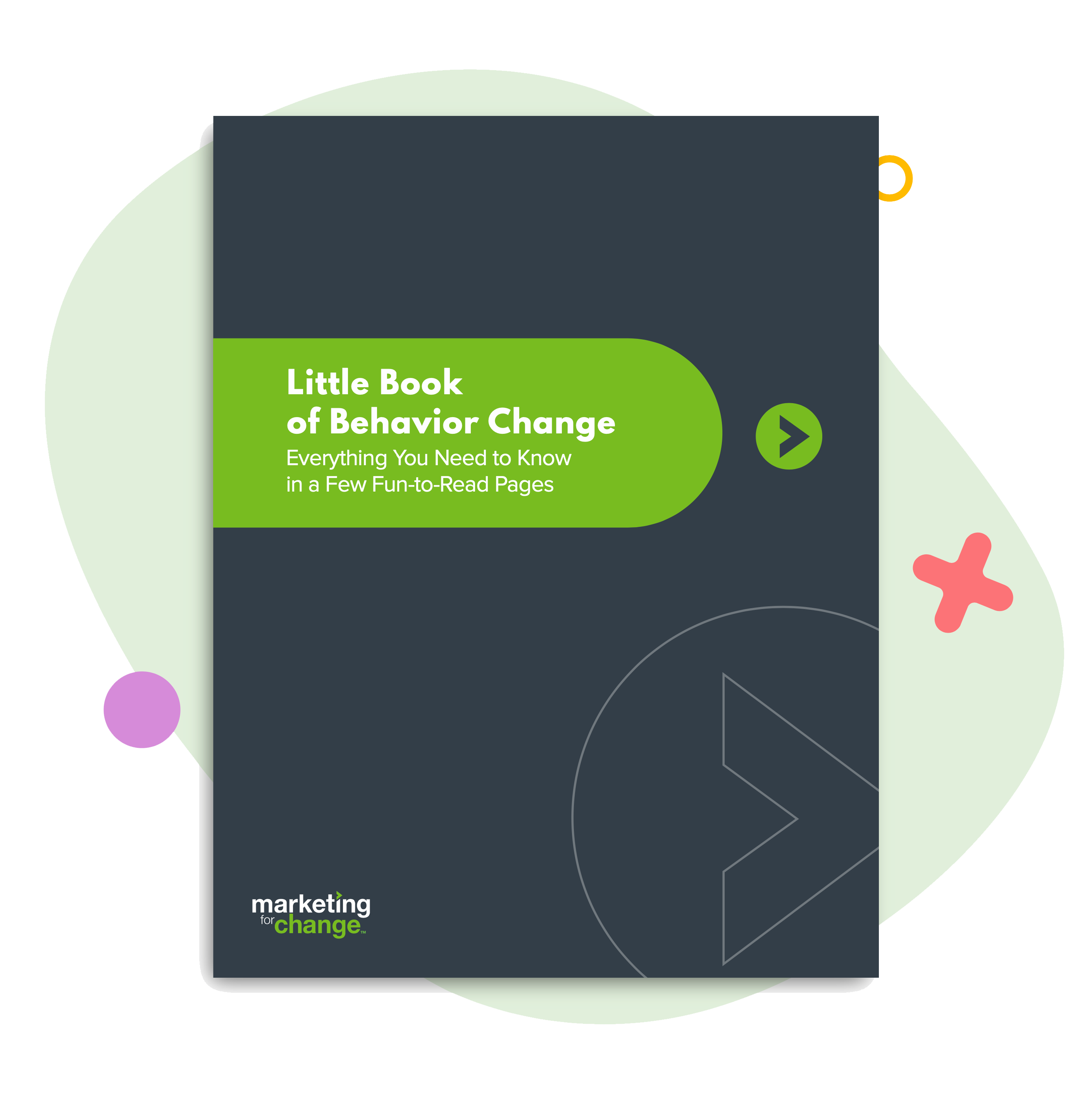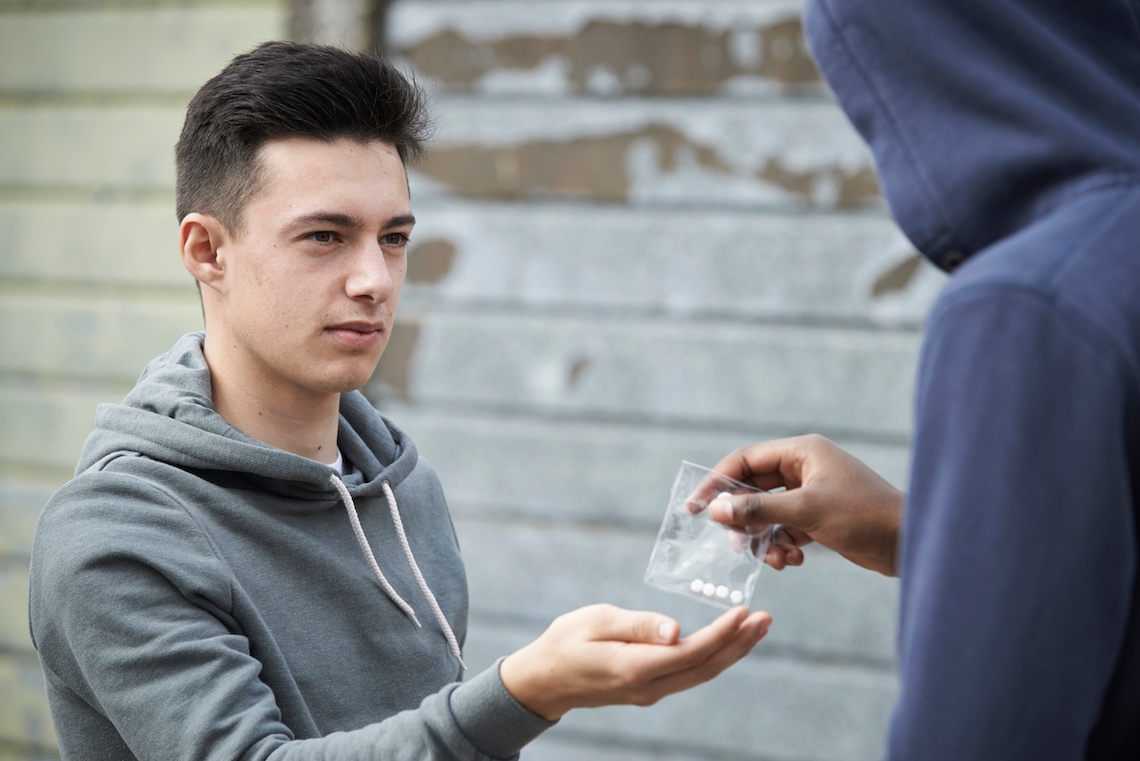
Why We Are Addicted to Drug Campaigns That Don’t Work
Twenty-five years ago, after I was knocked unconscious in a car wreck that also sliced my forehead in two, the hospital gave me plain Tylenol for the pain. A few years ago, when my teenage son got a bad head injury in a skateboarding accident, he was sent home after a night in the ICU with a week’s supply of hydrocodone and permission to request a refill.
The easy availability of opioids is clearly a major player in the country’s addiction epidemic. The United States has less than 5% of the world population but consumes 80% of the global opioid supply – including 99% of hydrocodone.
As opioid-related hospital visits soar to nearly 1.3 million a year nationwide and the annual death toll from opioid overdose tops 33,000, the federal government is gearing up for action. The Substance Abuse and Mental Health Service Administration announced last month it is releasing $70 million in grant funding to fight opioid addiction. Some of that money inevitably will be spent on anti-drug messaging campaigns – and that’s the thought that makes me cringe.
From the weird 1970s anti-drug PSAs (like this one featuring Alice in Wonderland) that first piqued one of my relative’s interest in LSD, to the ridiculous Just Say No campaign that ignored the role of high-risk environments, to the ubiquitous but ineffective D.A.R.E. program that wasted more than $1 billion of taxpayer dollars, to the early Above The Influence campaign (since corrected) that increased some teens’ interest in using marijuana, anti-drug campaigns have a long history of being ineffective at best and promoting drug use at worst.

Why are we addicted to drug campaigns that don’t work? I think it is in part based on communities’ urgent need to take action, and it can seem like doing any kind of messaging is better than no messaging at all. But if your drug messaging is wasting money that could be more effectively used elsewhere, that’s clearly not the case. Even worse, exposure to badly done messaging can create a boomerang or reverse effect and increase kids’ interest in getting high.
As communities nationwide gear up to help prevent and address addiction, here are three tips to help keep anti-drug messaging campaigns on track.
1. Talk to your target audience. Test your messages before you roll them out. And make sure you have segmented your target audience and screened your qualitative research subjects carefully. Sensation-seeking teens are more likely to try drugs — so if you just test your messages with their low-sensation peers, you’ll design your campaign for kids who are not likely to start using drugs in the first place.
2. Monitor and evaluate. If you don’t measure, you can’t evaluate. Measurement is critical to demonstrating success – or detecting reverse effect. Make sure you set a baseline by conducting a survey (designed for validity and reliability) or by using widely available data sets such as the Behavioral Risk Factor Surveillance System Questionnaire, which is often available at the county level. Evaluation is what helped the Above the Influence campaign catch early reverse effects among some teenage boys. And an in-depth study also revealed the reverse effect of Montreal’s five-year anti-smoking St-Louis du Parc Heart Health Project. The evaluation provided key lessons for other anti-tobacco efforts after the multi-million dollar campaign turned out to be encouraging kids to smoke.
And make sure you believe the data, not just your “gut.” It’s instructive that D.A.R.E. continued to be taught in schools for more than a decade after the U.S. Government Accountability Office found it to be widely ineffective, with a small reverse effect for white suburban teens.
3. Address stigma. A major contributor to the opioid crisis is the stigma associated with addiction. Many Americans view addiction not as a medical condition, but as a deep moral failure, thus discouraging addicts from seeking help and leading to public opposition to policies that can help recovery. Make sure your anti-drug campaigns don’t accidentally use language that reinforces stigma. As one California doctor who treats addicted pregnant woman found, her patients need a judgment-free zone to succeed in treatment. “They’re not bad people — they have a drug problem, and they really want their baby to be okay,” she said.
“I tell them addiction is a chronic disease that’s no different from other problems we treat.”

Sara Isaac is the agency’s chief strategist.


